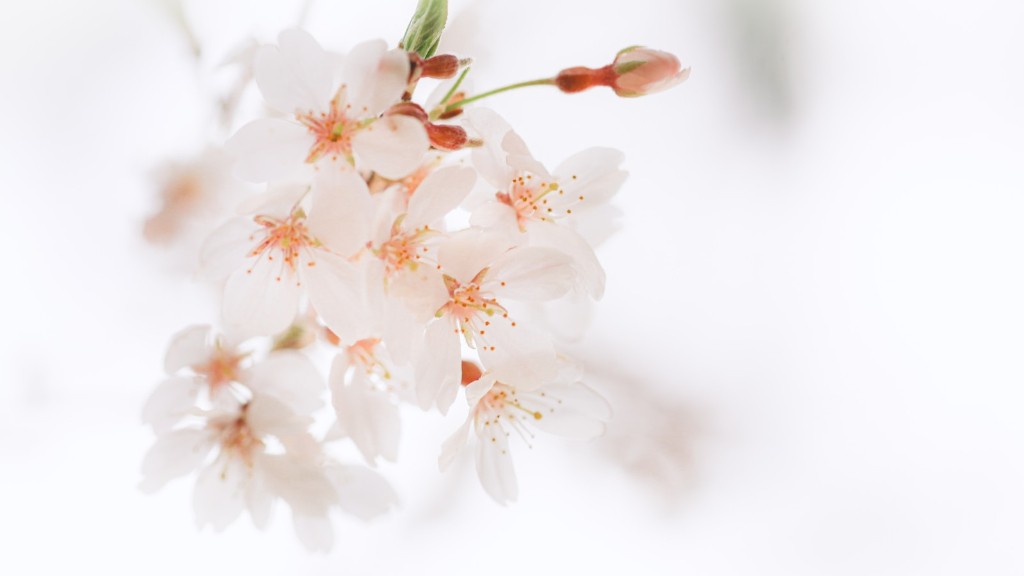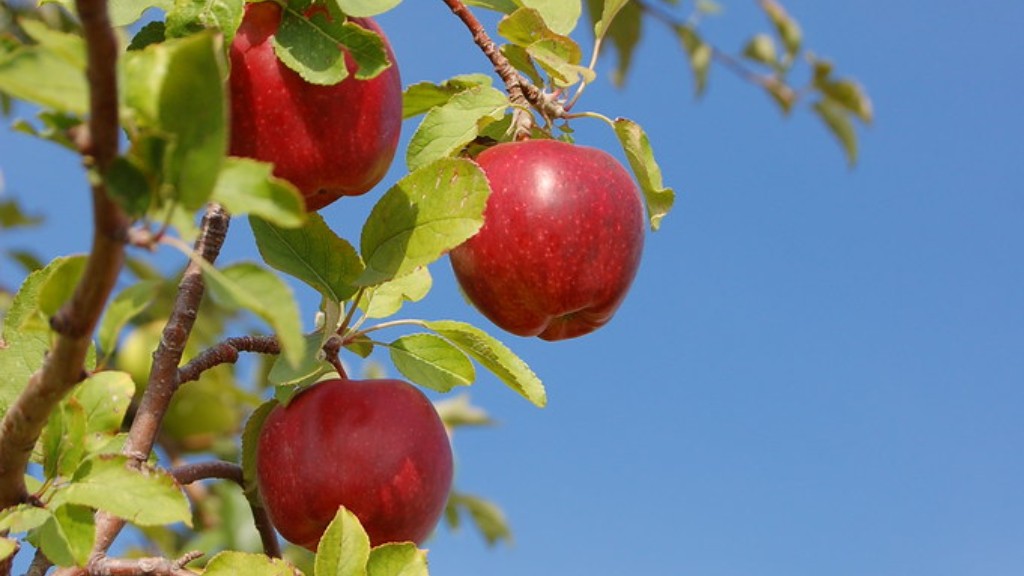Cherry trees are a popular and well-loved addition to the garden, producing delicious fruits and stunning flowers. While it may seem daunting at first, watering your cherry tree is actually easy and straightforward when you know what you’re doing. To ensure that your cherry tree gets all the nutrients it needs to grow and thrive, it’s important to provide it with a regular, deep watering.
When watering your cherry tree, it’s important to provide it with a deep soaking at least once a week. This will help to encourage deep root growth, which is essential for the health of your tree. When you water, the goal should be to moisten the soil to a depth of at least 18 inches. To do this, use a garden hose and water slowly and deeply, allowing the water to penetrate the soil and reach the roots. You should continue to water until the soil is saturated.
The best time to water your cherry tree is in the morning, when temperatures are cool and sunlight is not intense. This will help to reduce evaporation and ensure that the water has time to penetrate the soil deeply. Additionally, it’s best to water your tree before any rain is due, as this will ensure that the water is not wasted.
It’s also important to avoid over-watering your tree, as too much water can cause the root system to become waterlogged and can hinder the tree’s ability to absorb nutrients from the soil. To avoid this, make sure to check the soil moisture level before you water. If the soil is already wet, you may not need to water your tree. Generally speaking, cherry trees require an average of 1 to 2 inches of water per week, depending on the season and weather conditions.
When it comes to the overall health of your cherry tree, simple steps like ensuring that it’s getting the right amount of water can make all the difference. By following the tips outlined here, you can water your cherry tree in the right way, ensuring that it thrives and produces fruit for many years to come
General Care
In addition to regular watering, there are a few other steps you should take to ensure that your cherry tree stays healthy and productive. Pruning your tree regularly will help to encourage good air circulation and will promote larger, healthier fruit.
Trimming off any dead or diseased limbs will also help to safeguard your tree from further damage. Finally, an application of mulch at the base of the tree can help to keep the soil cool, protect the tree from temperature extremes, and reduce the risk of certain pests and diseases.
Fertilizing
It’s important to fertilize your cherry tree at least once a year, to ensure that it has the nutrients and minerals it needs to grow. Cherry trees prefer a balanced fertilizer that contains equal amounts of nitrogen, phosphorus, and potassium. Apply the fertilizer according to package directions, and make sure to water it in thoroughly to help the tree absorb the nutrients.
Diseases and Pests
Cherry trees can be prone to certain pests and diseases, so it’s important to stay alert for any signs of trouble. Be sure to inspect your tree regularly and to be on the lookout for any spots on the leaves, signs of blight, or changes in the fruit. If you notice anything unusual, take steps to address the problem promptly so that it doesn’t spread.
You can also help to prevent pests and diseases by providing your tree with the right amount of sunlight and water, and by pruning, mulching, and fertilizing regularly. Additionally, if you notice any sick or damaged cherries at the end of the season, be sure to remove them so that the tree can remain healthy and productive.
Harvesting and Storage
When the time for harvesting arrives, you’ll need to be patient. As a rule of thumb, cherries should be harvested when they are fully ripe and have reached their full size. You can also test for ripeness by tasting a few cherries. When harvested, cherries should be stored in the refrigerator for up to two weeks.
When storing your cherries, make sure to place them in a single layer and keep the lid slightly open to allow for air circulation. You can also freeze the cherries if you’d like to extend their shelf life. Place the cherries in a single layer on a baking sheet, then transfer them to a sealed container or plastic bag and store in the freezer.
Tips and Tricks
When it comes to growing healthy cherry trees, there are a few tips and tricks you should keep in mind. First, be sure to choose a variety that’s right for your area and that’s adapted to your climate. Additionally, be sure to keep the soil evenly moist throughout the growing season and make sure to water the tree deeply and regularly.
To ensure that the tree receives enough nutrients, you can use a low-nitrogen fertilizer in early spring and then switch to a high-nitrogen fertilizer about a month later. If you’d like to increase the pollination rate, you can use a paintbrush to transfer pollen from the anthers to the pistils of the flowers. Finally, be sure to inspect your tree regularly and to address any issues promptly to ensure the health of your tree.


